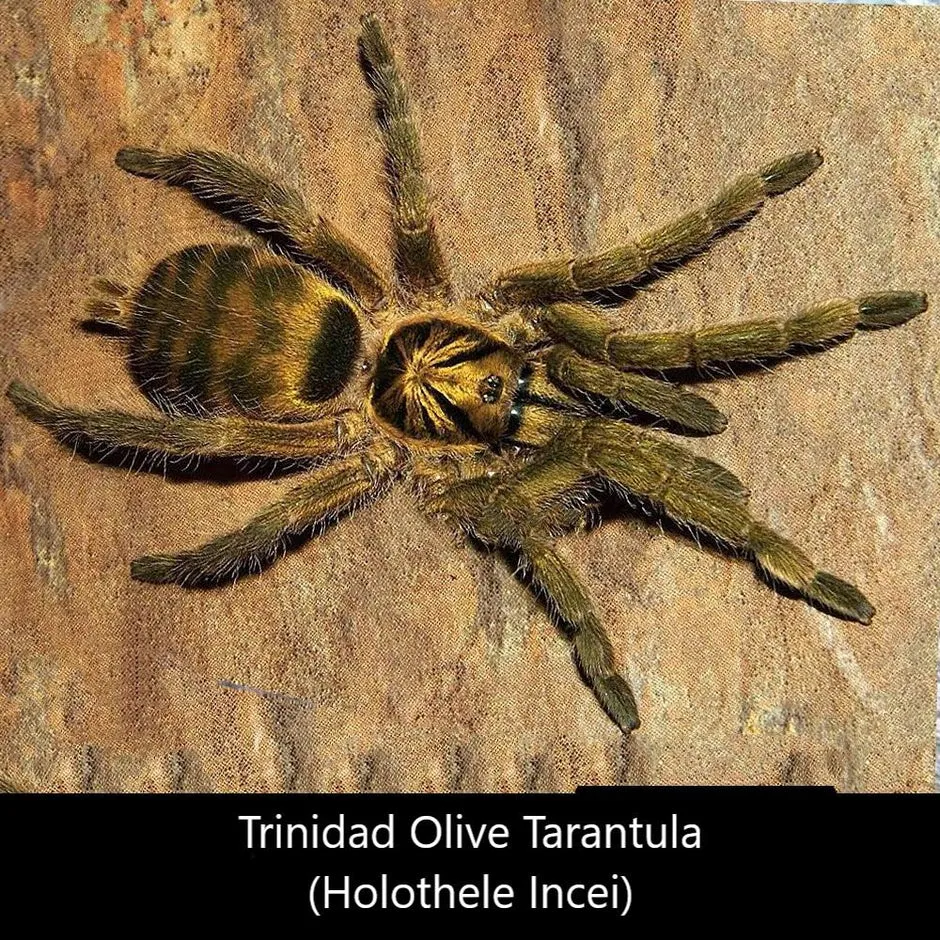What is a Tarantula Ganjagold
The Tarantula Ganjagold, scientifically known as Hapalopus sp. Colombia, is a captivating arachnid that has gained popularity among tarantula enthusiasts. Native to the tropical regions of Colombia, this species is prized for its striking coloration, docile temperament, and manageable size, making it an excellent choice for both novice and experienced keepers. Their vibrant hues, often a combination of gold, orange, and black, add a touch of exotic beauty to any collection. These tarantulas are terrestrial, meaning they primarily dwell on the ground, and they are known for their relatively slow growth rate, which contributes to their suitability as pets. Before diving into the care requirements, it’s essential to appreciate their unique characteristics and the responsibility that comes with owning one of these fascinating creatures. Understanding their natural habitat and behavior will help you create an environment where your Ganjagold can thrive.
Identifying a Tarantula Ganjagold
Identifying a Tarantula Ganjagold involves paying close attention to its distinct physical features. As mentioned, the most notable characteristic is their vibrant coloration. Adult Ganjagolds typically exhibit a mix of gold, orange, and black markings, with the intensity of the colors varying slightly depending on the individual and its stage of life. Their carapace, the upper part of their cephalothorax, often displays a golden hue, while the legs and abdomen feature intricate patterns of orange and black. In addition to coloration, the Ganjagold has a relatively compact size, with females reaching up to 2-3 inches in leg span, while males are generally smaller. Examining the body proportions, particularly the size and shape of the abdomen and the overall leg span, can also help confirm their identity. Always source your tarantula from a reputable breeder to ensure you are getting a genuine Ganjagold and not a similar-looking species. This helps avoid misidentification and ensures you’re providing the correct care.
Habitat and Environment
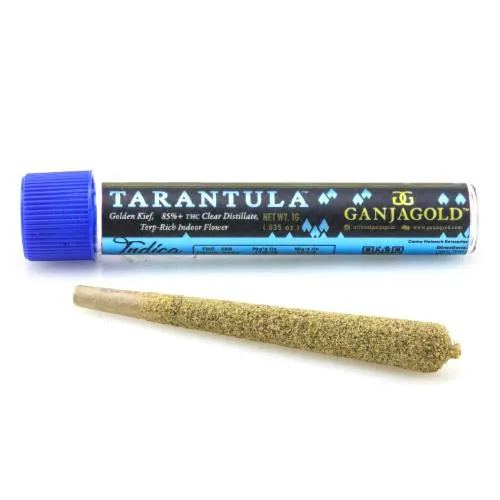
Creating a suitable habitat is crucial for the health and well-being of your Tarantula Ganjagold. These spiders thrive in a warm, humid environment that mimics their natural tropical habitat. The ideal enclosure should provide adequate space for the tarantula to move around, explore, and establish its burrow. A glass terrarium or a plastic enclosure with good ventilation is recommended. The enclosure should be appropriately sized for the tarantula’s leg span, with a minimum of three times the leg span in width and depth. Providing ample space reduces stress and allows the tarantula to exhibit its natural behaviors. Ensure the enclosure has a secure lid to prevent escapes and protect your pet from potential hazards. The placement of the enclosure is equally important; avoid direct sunlight, which can overheat the enclosure, and drafts, which can disrupt the temperature and humidity levels.
Choosing the Right Enclosure
The choice of enclosure material and size significantly impacts the living conditions of your Tarantula Ganjagold. Glass terrariums offer excellent visibility, allowing you to observe your tarantula easily, but they can be heavier and more prone to cracking than plastic alternatives. Plastic enclosures, on the other hand, are often more lightweight, durable, and easier to clean, making them a practical choice for beginners. Regardless of the material, ventilation is essential to prevent the buildup of humidity and the growth of mold or bacteria. Ventilation holes should be placed on the sides and top of the enclosure, but they should be small enough to prevent escape. As a general guideline, a juvenile Ganjagold can start in a smaller enclosure, such as a deli cup, and then be moved to a larger enclosure as it grows. The final enclosure size should be appropriate for an adult, with adequate space to move around and create a comfortable habitat.
Substrate Selection
The substrate, or bedding, you choose for your Tarantula Ganjagold’s enclosure plays a critical role in maintaining the correct humidity levels, providing a comfortable environment, and allowing the tarantula to express its natural burrowing behavior. A suitable substrate should retain moisture well without becoming waterlogged and should be non-toxic to the tarantula. Common substrate choices include a mix of coconut fiber, peat moss, and vermiculite. These materials provide excellent moisture retention and are also easy to clean. The substrate layer should be deep enough for the tarantula to burrow comfortably, typically about 3-5 inches deep, depending on the size of the tarantula and the enclosure. It’s also advisable to include a small hide, such as a piece of cork bark or a pre-made spider hide, for the tarantula to retreat to and feel secure. Regularly monitor the substrate for any signs of mold or excessive moisture and replace it as needed to maintain a healthy environment.
Temperature and Humidity

Maintaining the correct temperature and humidity levels is essential for the health and well-being of your Tarantula Ganjagold. These tarantulas thrive in a warm, humid environment, typically between 75-85°F (24-29°C) and 60-70% humidity. You can monitor temperature and humidity using a digital thermometer and hygrometer placed inside the enclosure. To achieve the correct temperature, you may need to use a heat source, such as a heat mat placed on the side of the enclosure or a low-wattage heat lamp. Always ensure that the heat source is regulated with a thermostat to prevent overheating. Humidity can be maintained by misting the enclosure with dechlorinated water every few days or as needed, and by ensuring the substrate is slightly moist but not waterlogged. Proper ventilation is also important to prevent excessive humidity and the growth of mold. Adjust the frequency of misting based on the humidity readings and the overall environment within the enclosure.
Essential Equipment
To provide the best possible care for your Tarantula Ganjagold, you will need some essential equipment. Aside from the enclosure and substrate, you will need a reliable thermometer and hygrometer to monitor temperature and humidity levels. A small water dish is essential for providing a constant source of fresh water. This dish should be shallow to prevent drowning and should be cleaned and refilled regularly. You will also need feeding tongs, which are essential for safely offering food to your tarantula without the risk of being bitten. Other useful items include a spray bottle for misting the enclosure, a small hide for the tarantula to retreat to, and a pair of long tweezers for removing any uneaten food or debris. Having these essential items on hand will make it easier to maintain a healthy and comfortable environment for your pet. Remember, safety is paramount when handling and caring for tarantulas, so always use appropriate tools and precautions.
Feeding Your Tarantula Ganjagold
Feeding your Tarantula Ganjagold is a straightforward process, but it’s crucial to follow the correct guidelines to ensure your tarantula receives adequate nutrition. These tarantulas are insectivores, meaning their diet consists primarily of insects. The most common and readily available food sources are crickets, mealworms, and roaches. The size of the insects should be appropriate for the tarantula’s size; as a general rule, the prey should be no larger than the tarantula’s body. Always ensure that the insects you feed your tarantula are gut-loaded, which means they have been fed a nutritious diet before being offered to your spider. This enhances the nutritional value of the insects and provides your tarantula with a more balanced diet. Remove any uneaten food after 24 hours to prevent mold growth and keep the enclosure clean. The frequency of feeding will vary depending on the age and size of your tarantula; juveniles require more frequent feeding than adults.
What to Feed
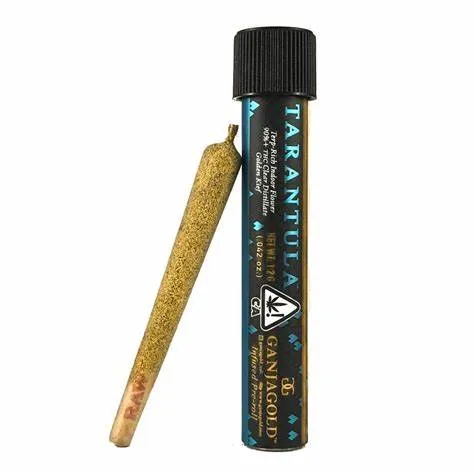
The ideal diet for your Tarantula Ganjagold consists of a variety of insects to ensure it receives all the necessary nutrients. Crickets are a staple food source, but mealworms, dubia roaches, and other feeder insects can also be included. Varying the diet provides a more balanced intake of vitamins and minerals. Before feeding the insects to your tarantula, it’s important to gut-load them. This involves feeding the insects a nutritious diet of fresh vegetables, fruits, and commercial insect food for at least 24 hours before offering them to your tarantula. This process ensures that the insects are packed with essential nutrients that your tarantula can then consume. Never feed your tarantula insects collected from the wild, as they may carry parasites or pesticides that could be harmful to your pet. Always source your feeder insects from a reputable supplier to ensure they are healthy and safe.
Feeding Schedule
The feeding schedule for your Tarantula Ganjagold will vary depending on its age and growth stage. Juvenile tarantulas require more frequent feeding than adults because they are growing rapidly. Generally, juveniles should be fed 2-3 times per week, while sub-adults can be fed once or twice a week. Adult tarantulas can be fed once every 1-2 weeks, or even less frequently if they are not actively eating. Always observe your tarantula’s behavior and appetite to adjust the feeding schedule accordingly. If your tarantula refuses food, it could be a sign that it is about to molt or that the temperature is too low. In such cases, it’s best to leave the tarantula undisturbed and try feeding it again in a few days. During molting, tarantulas are particularly vulnerable, so avoid disturbing them during this process.
Watering Your Tarantula Ganjagold
Providing a constant source of fresh water is essential for the health and well-being of your Tarantula Ganjagold. While they obtain some water from their food, they also require a source of drinking water. A shallow water dish should be placed in the enclosure, making sure it’s easily accessible for the tarantula and not too deep, to prevent accidental drowning. The water dish should be cleaned and refilled regularly, at least once or twice a week, to prevent the growth of bacteria and algae. Additionally, you can mist the enclosure with dechlorinated water every few days to maintain the desired humidity levels, as previously discussed. This not only helps to keep the environment humid but also provides an additional source of water for your tarantula. Always use dechlorinated water to avoid introducing harmful chemicals to the enclosure. Proper hydration is vital for successful molting and overall health.
Daily and Weekly Care
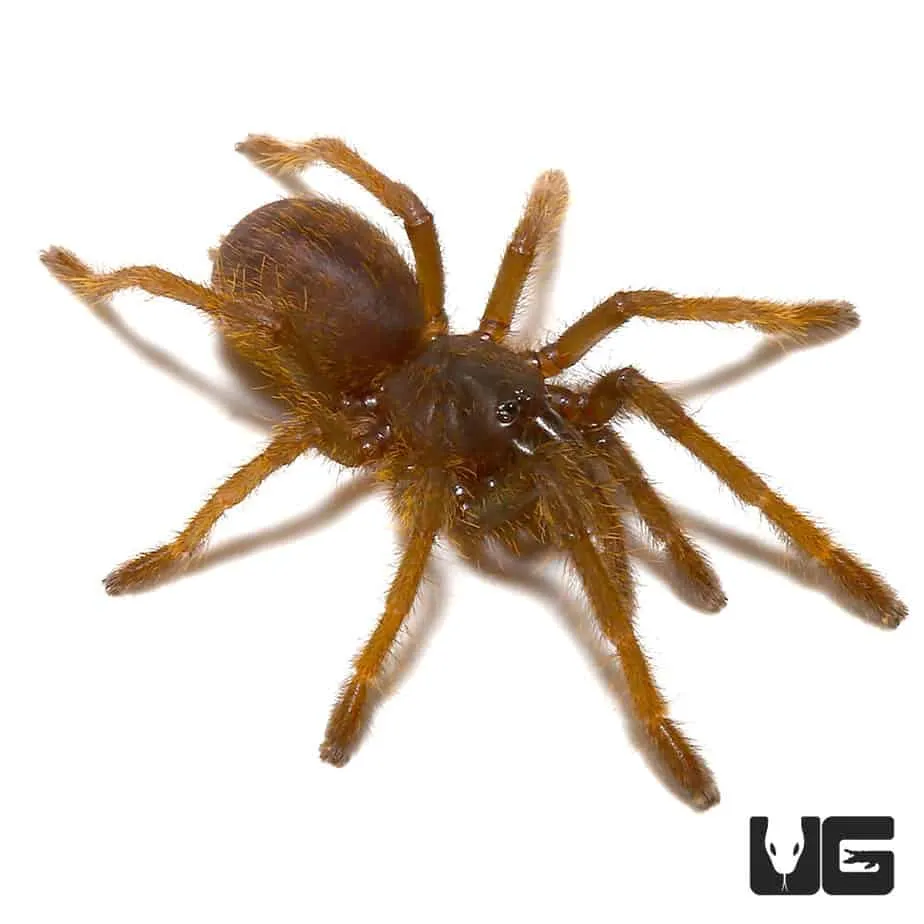
Daily and weekly care routines are essential for maintaining a healthy and thriving environment for your Tarantula Ganjagold. Each day, you should visually inspect the enclosure for any uneaten food, dead insects, or other debris. Remove any waste promptly to prevent the buildup of bacteria and maintain cleanliness. Check the water dish to ensure it is full and clean, and mist the enclosure if needed to maintain the correct humidity levels. Weekly, you can perform a more thorough inspection of the enclosure, including a check of the substrate for excessive moisture or mold. Spot-clean the substrate by removing any visible waste or debris. Although a full substrate change is not typically necessary, you may need to replace the substrate every few months, or as needed, depending on the conditions within the enclosure. Always wash your hands thoroughly before and after handling your tarantula or its enclosure.
Handling and Safety
Handling your Tarantula Ganjagold should be approached with caution and a clear understanding of safety protocols. While these tarantulas are generally docile, they can still bite if they feel threatened. Bites can be painful and cause localized swelling and discomfort, although they are typically not medically significant. Before handling, always wash your hands thoroughly to remove any odors that might agitate the tarantula. It’s best to handle your tarantula in a safe area, such as close to the ground or over a soft surface, in case it accidentally falls. Avoid handling the tarantula if it is about to molt or has just molted, as their exoskeletons are particularly fragile during these times. If you do handle your tarantula, do so gently and avoid making sudden movements. Always supervise children and educate them on the proper handling and care of the tarantula.
Handling Techniques
When handling your Tarantula Ganjagold, the key is to remain calm and gentle. The most common technique is to gently coax the tarantula onto your open hand or let it walk across your arm. Avoid grabbing or squeezing the tarantula, as this can stress it and increase the likelihood of a bite. If the tarantula is hesitant to move, you can gently nudge it with a soft object, such as a paintbrush. Always support the tarantula’s body as it moves, allowing it to maintain contact with a secure surface. Be patient and allow the tarantula to move at its own pace. Avoid handling your tarantula for extended periods, and always return it to its enclosure when it shows signs of stress, such as raising its front legs or flicking hairs.
Safety Precautions
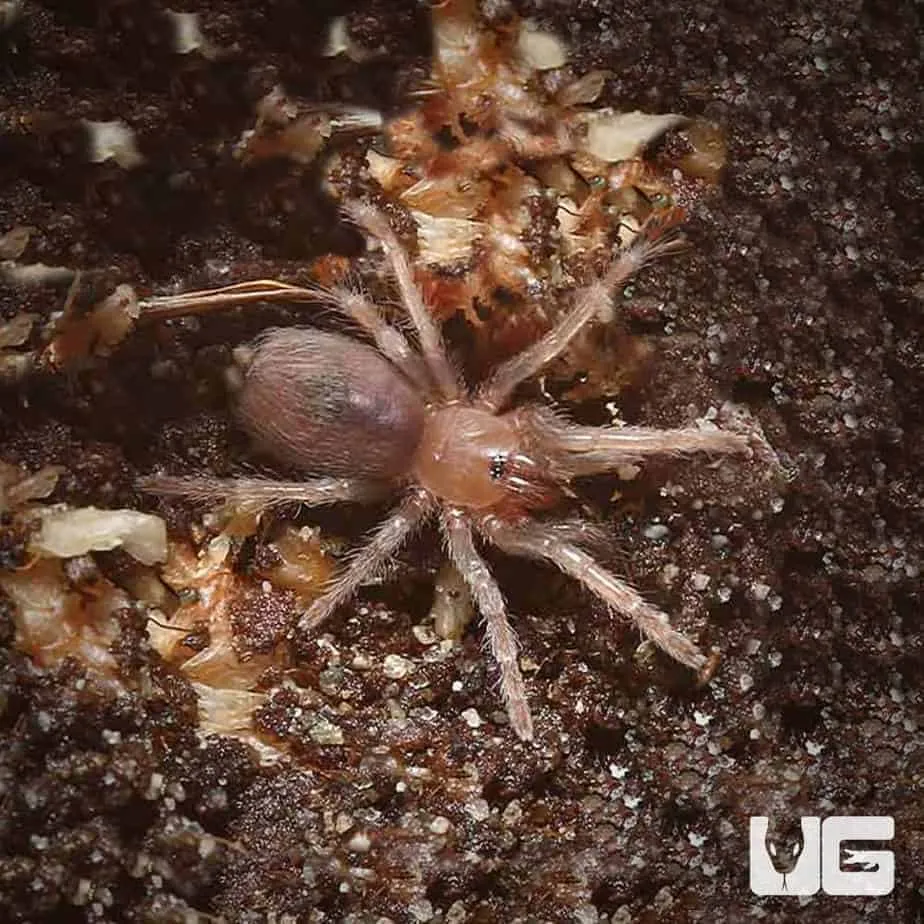
Safety is paramount when handling a Tarantula Ganjagold. First and foremost, always be aware of the tarantula’s potential for biting. Keep a safe distance from the fangs and be prepared to react calmly if it bites. Avoid handling the tarantula if you are stressed or if there are any distractions in the environment. Always handle your tarantula over a soft surface, such as a bed or carpet, to minimize the risk of injury if it falls. Wash your hands thoroughly before and after handling, and ensure that children are supervised. If bitten, clean the bite area with soap and water, and monitor for any signs of allergic reaction or infection. While tarantula bites are not usually dangerous, it’s always a good idea to seek medical advice if you have any concerns. Proper precautions will ensure that both you and your tarantula remain safe and healthy.
Common Health Issues
Like any pet, Tarantula Ganjagolds are susceptible to certain health issues. Understanding these common ailments can help you provide appropriate care and recognize potential problems early on. One of the most common issues is dehydration, which can be caused by insufficient humidity or lack of access to fresh water. Symptoms of dehydration include lethargy, wrinkled abdomen, and difficulty molting. Respiratory issues, such as fungal infections, can also occur if the enclosure is too humid or poorly ventilated. Signs of respiratory problems include difficulty breathing and lethargy. Parasites are less common, but they can be introduced through contaminated food. Always source feeder insects from a reputable supplier and quarantine new tarantulas to prevent the spread of parasites. Regularly monitor your tarantula for any unusual behavior or physical changes, and consult with a veterinarian specializing in exotic animals if you notice any signs of illness.
Recognizing Signs of Illness
Early detection of illness is crucial for ensuring your Tarantula Ganjagold’s well-being. Familiarize yourself with the tarantula’s normal behavior and appearance to identify any deviations that may indicate a health problem. Some signs of illness include lethargy, loss of appetite, difficulty molting, and unusual postures. If the tarantula is spending excessive time in one spot, or if it’s uncoordinated, these could be signs of a problem. Watch for any changes in the tarantula’s abdomen or legs, such as swelling or discoloration. Difficulty walking or moving can also indicate a health issue. Always check for any signs of parasites, such as small mites on the tarantula’s body. Any changes in the tarantula’s behavior or appearance should be noted and addressed promptly. A healthy tarantula is typically active, alert, and has a vibrant appearance. If you notice any of these warning signs, consult with a veterinarian who specializes in exotic animals.
Seeking Veterinary Care
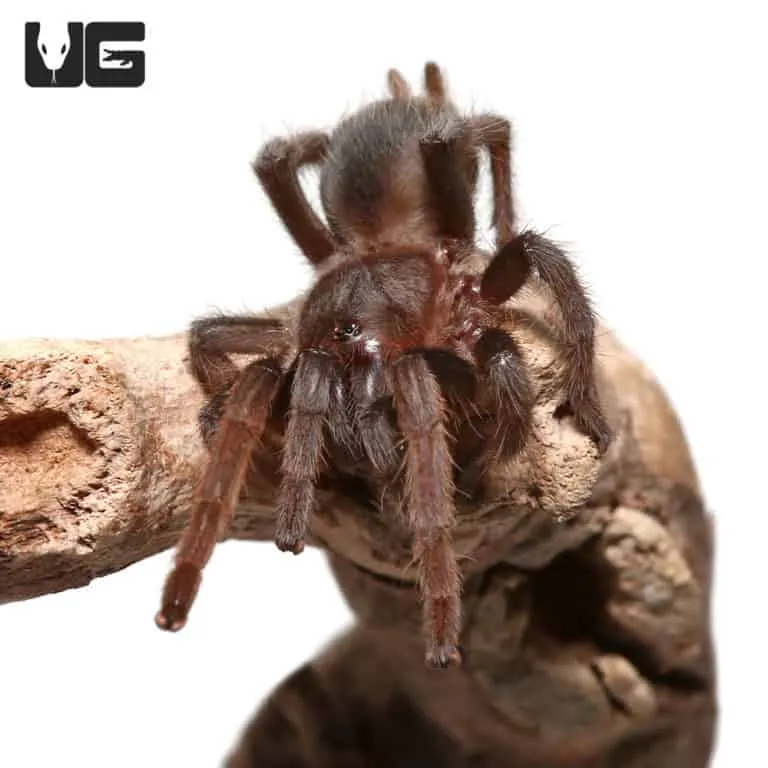
If you suspect your Tarantula Ganjagold is ill, it’s important to seek veterinary care immediately. Not all veterinarians are equipped to treat exotic animals, so it’s essential to find a vet who specializes in tarantulas or arachnids. Research local exotic animal veterinarians in your area and familiarize yourself with their contact information before an emergency arises. When you contact the vet, be prepared to describe the symptoms, the tarantula’s living conditions, and your care routine. The vet may ask for a sample of the substrate or a photo of the tarantula to aid in diagnosis. Follow the vet’s instructions carefully, which may include administering medication or adjusting the tarantula’s environment. Early intervention can significantly improve the chances of a successful recovery. Regular check-ups with an exotic animal vet can also help to prevent future health problems. Always prioritize your pet’s health and seek professional help when needed.
